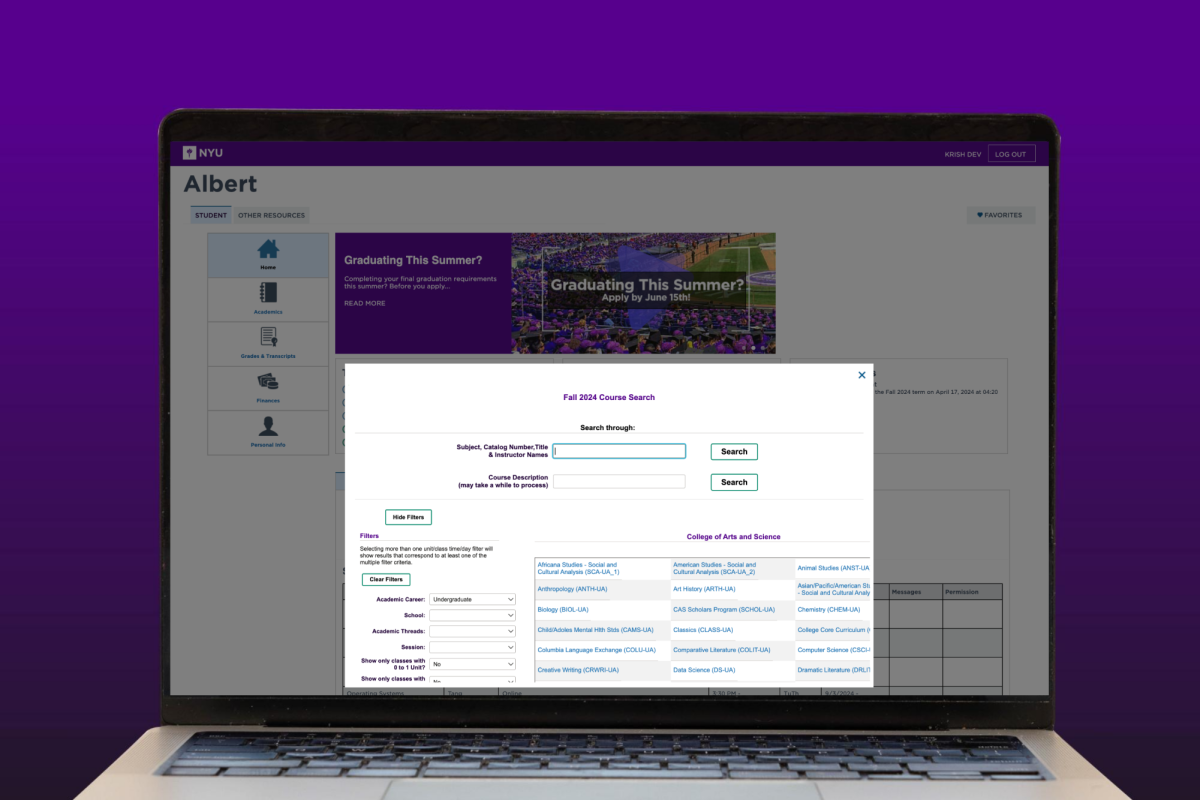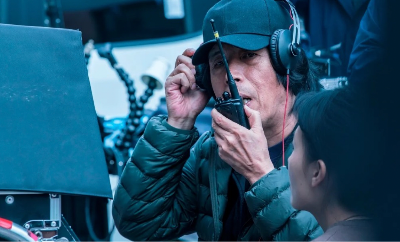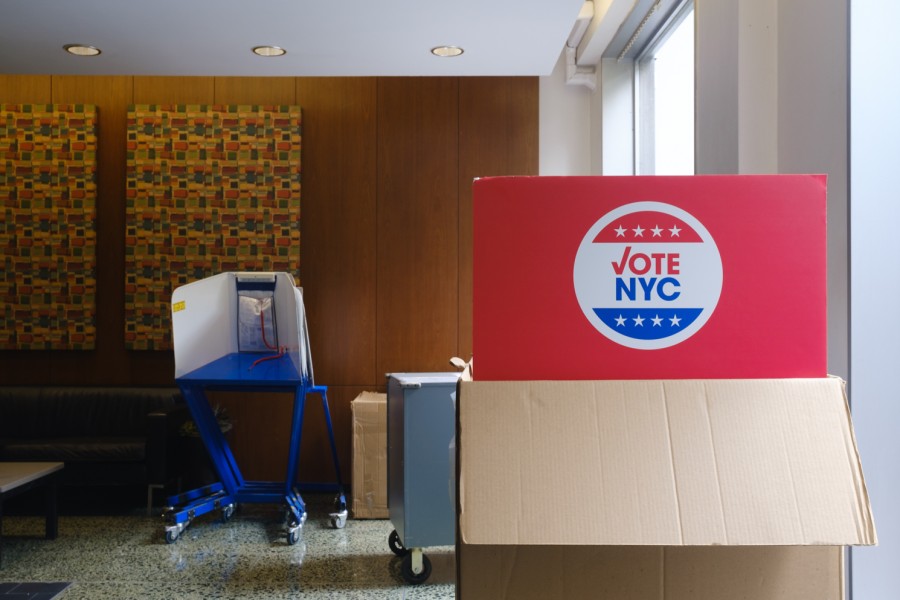University’s Wage Raises Have to Come From Somewhere
March 29, 2016
President Hamilton stepped into office and wasted no time in tackling one of the most pressing issues facing the student body; affordability. Already he has announced a two percent freeze in tuition increases and the formation of an administrative committee to address affordability concerns. And on Thursday, Hamilton announced a plan to phase in a $15 minimum wage for all undergraduate student workers over three years. Currently, wages for work study range from $9 to $15 per hour. The plan would bump the minimum wage rate to $12 per hour in 2016, to $13.50 per hour in 2017 and finally to $15 per hour in 2018.
All across the country, a similar fight for a higher minimum wage is underway. Just this Monday, California lawmakers struck a deal to implement a $15 minimum wage for all workers by 2022. Governor Andrew Cuomo announced in December that state workers would receive a $15 minimum wage by 2018. In New York City, activists have made waves by demanding a $15 minimum wage for fast food workers.
So the new student minimum wage isn’t without precedent. However, implementing a minimum wage for work study presents a few unique considerations for the university that don’t really apply in other sectors. For one, the goal of work study is to provide an alternative means of financial aid. Universities — at least not reputable universities — are not looking to maximize profits like private firms, so students don’t have to worry about shrinking employment or capital substitution like fast food workers might.
But the other consideration is a little more dire: the question of where the money will come from. With Hamilton’s promises to reduce tuition increases and find ways to rein in spending, finances in the coming years will be tighter than ever. Financing more expensive student workers needs money, and given Hamilton’s promises to freeze tuition increases, that money can come from only two places. The university could begin seeking donations more aggressively, though it’s hard to imagine how they might step those efforts up significantly. Or, the university could be banking on the Affordability Steering Committee to come up with some killer solutions for cutting spending, and then redirect those funds into student wages.
One way or another, that money has to come from somewhere. Though the measures are undoubtedly a boon for student workers, we must all keep in mind that there is no such thing as a free lunch. If Hamilton is to make good on his promises, he must begin backing them up with some real evidence that progress is being made. Naysayers across the nation are decrying a $15 minimum wage as an unattainable goal. Hopefully, if this measure proves sustainable, NYU will find a way to prove them wrong.
Opinions expressed on the editorial pages are not necessarily those of WSN, and our publication of opinions is not an endorsement of them.
Email Richard Shu at [email protected].














































































































































Asian • Apr 7, 2016 at 8:34 pm
I think that it is manageable, but difficult. The important thing is that the new administration is at least trying to cater to student needs.
Tasha Ortega • Mar 29, 2016 at 11:18 am
Or Hamilton could just pull a move, like many other people in power, and just not come through on his promise for a lower tuition and simply charge more to cover the $15 minimum wage.